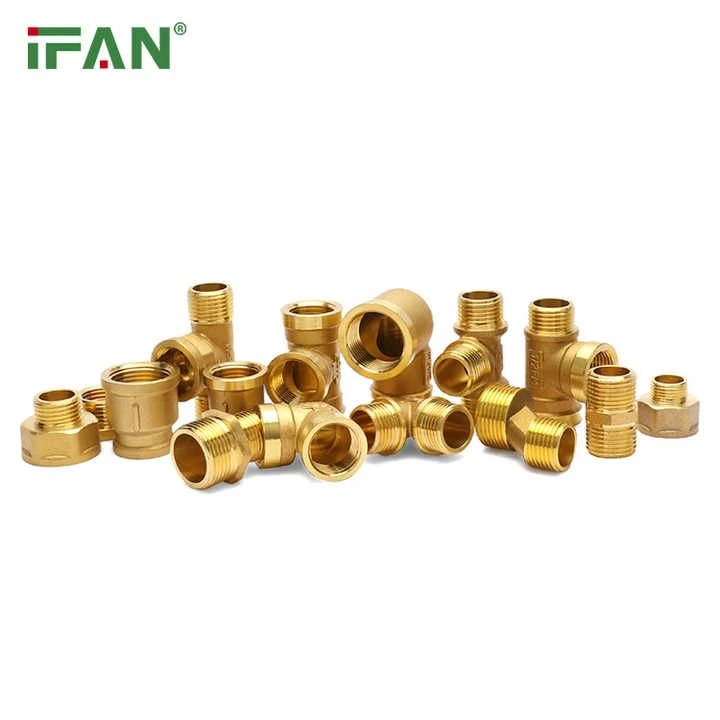Brass thread fittings are widely used in plumbing and industrial systems due to their durability and reliability. However, achieving a leak-free connection often depends on whether a sealant is used. This article explores the necessity of sealants for brass thread fittings, the types available, and best practices for their application.
Understanding Brass Thread Fittings
Brass thread fittings connect pipes by screwing male and female threads together. They are commonly used in water, gas, and oil systems. For example, in residential plumbing, brass fittings connect water supply lines to fixtures. Their reliability depends on proper sealing to prevent leaks.
Why Sealants Are Important
Sealants fill gaps between threads, preventing leaks caused by imperfections or misalignment. Without a sealant, even high-quality brass thread fittings may leak under pressure. For instance, in a high-pressure water system, a small gap can lead to significant water loss over time.
Types of Sealants
Common sealants include Teflon tape, pipe dope, and thread sealant paste. Teflon tape is easy to apply and suitable for most applications. Pipe dope offers a stronger seal for high-pressure systems. For example, anaerobic thread sealant is ideal for metal-to-metal connections in industrial settings.

When to Use Teflon Tape
Teflon tape is ideal for low-pressure systems and easy-to-access fittings. It is cost-effective and easy to apply. For instance, wrapping the tape clockwise around male threads ensures it stays in place during tightening. Two to three layers are usually sufficient.
When to Use Pipe Dope
Pipe dope is recommended for high-pressure systems or fittings that are difficult to access. It provides a more robust seal and can fill larger gaps. For example, in gas pipelines, pipe dope ensures a secure connection that withstands pressure fluctuations.
Application Best Practices
Apply sealant evenly to avoid excess buildup, which can cause fitting damage. For Teflon tape, wrap it smoothly without overlapping. For pipe dope, use a brush to spread it evenly. For instance, applying too much sealant can make disassembly difficult.
Testing for Leaks
After installation, test the system for leaks by pressurizing it with water or air. Inspect the fittings with a dry cloth to detect small leaks. For example, a pressure gauge can help monitor the system during testing, ensuring a secure connection.
Conclusion
Using a sealant on brass thread fittings is essential for achieving a leak-free connection. The choice between Teflon tape and pipe dope depends on the application and system requirements. By following best practices for sealant application and testing, you can ensure the reliability and longevity of your plumbing or industrial system.

